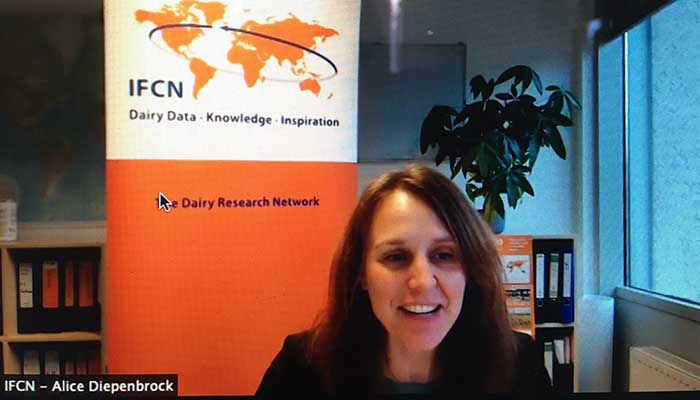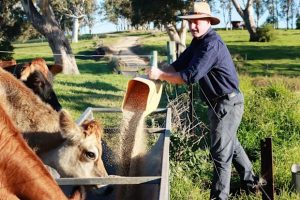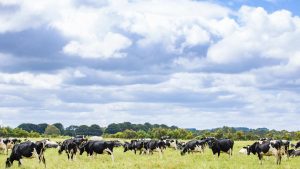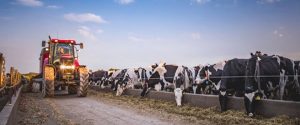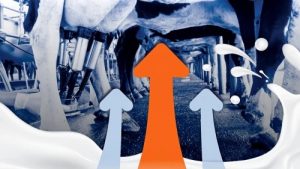
The focus on the emerging was simple, notes Torsten Hemme, the founder and CEO of IFCN says: 88% of the growth in milk demand has been in these regions over the last 10 years. And now, particularly with the pandemic, more of these areas are looking to be self-sufficient in dairy production.
The IFCN covers around 99% of the world milk supply with its researchers network, and Milica Koçić, a dairy economist, notes the average of three cows per farm globally amounts to around 850 million tonnes of milk production annually on 112 million dairy farms. An estimated 117kg per capita is consumed yearly by the world’s 7.6 billion people, she says. International trade is there, with 18% of world milk supply moving across borders, while the rest is consumed in the countries it’s produced in.
Overall, notes Alice Diepenbrock, a dairy researcher at IFCN, there is not much growth occurring in the mature markets such as Europe and North America, while the East and Southeast Asia, Africa and Latin American markets are seeing increases, but from a fairly low level. The Covid-19 is expected to have more of an impact on emerging markets, on the demand side, she says.
For large exporters, such as Uruguay, the main challenge is to improve its market access to other countries’ markets, according to Mercedes Baraibar, coordinator of foreign trade, at Inale, the Instituto Nacional de la Leche in Uruguay. “ We need more trade agreements to put our dairy market in the same situation as our competitors such as New Zealand and the US. The worry is in the second wave of Covid, countries are building stocks.”
In Zimbabwe, it has been about rebuilding self-sufficiency after currency devaluations, recession, droughts and internal strife. In 2019 it had 130 million litres demand, but supply amounted to 76.1 million litres domestically, and it was supplemented with powders from South Africa. Government and processors are working together to introduce option trading systems, investments in embryo transfers, and other associated solutions to increase the self-sufficiency back to 100%, according to Dr Alpha Manjer, policy officer of the Zimbabwe Association of Dairy Farmers.
For more information, visit: www.ifcndairy.org.
